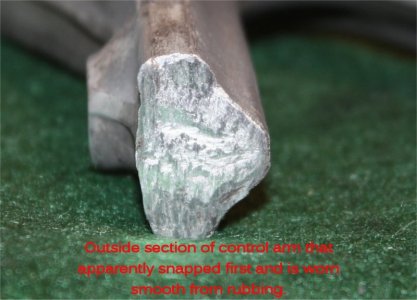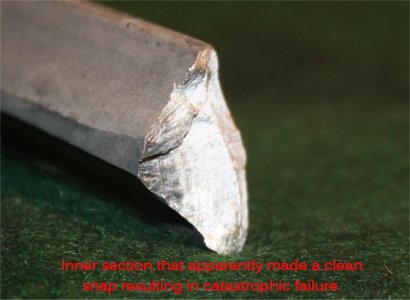Here's the thing with aluminum... it doesn't have an endurance limit.
With steel, there is a point where the curve flatlines and no fatigue damage is added with small stress reversals, but with aluminum this isn't the case.
Any stress reversal, no matter the magnitude, will add fatigue damage and the part will eventually fail. So, it doesn't lose tensile strength - to do that it would need to get hot enough to ruin the temper.
This graph shows it very well.
http://en.wikipedia.org/wiki/File:S-N_curves.PNG
With steel, there is a point where the curve flatlines and no fatigue damage is added with small stress reversals, but with aluminum this isn't the case.
Any stress reversal, no matter the magnitude, will add fatigue damage and the part will eventually fail. So, it doesn't lose tensile strength - to do that it would need to get hot enough to ruin the temper.
This graph shows it very well.
http://en.wikipedia.org/wiki/File:S-N_curves.PNG








